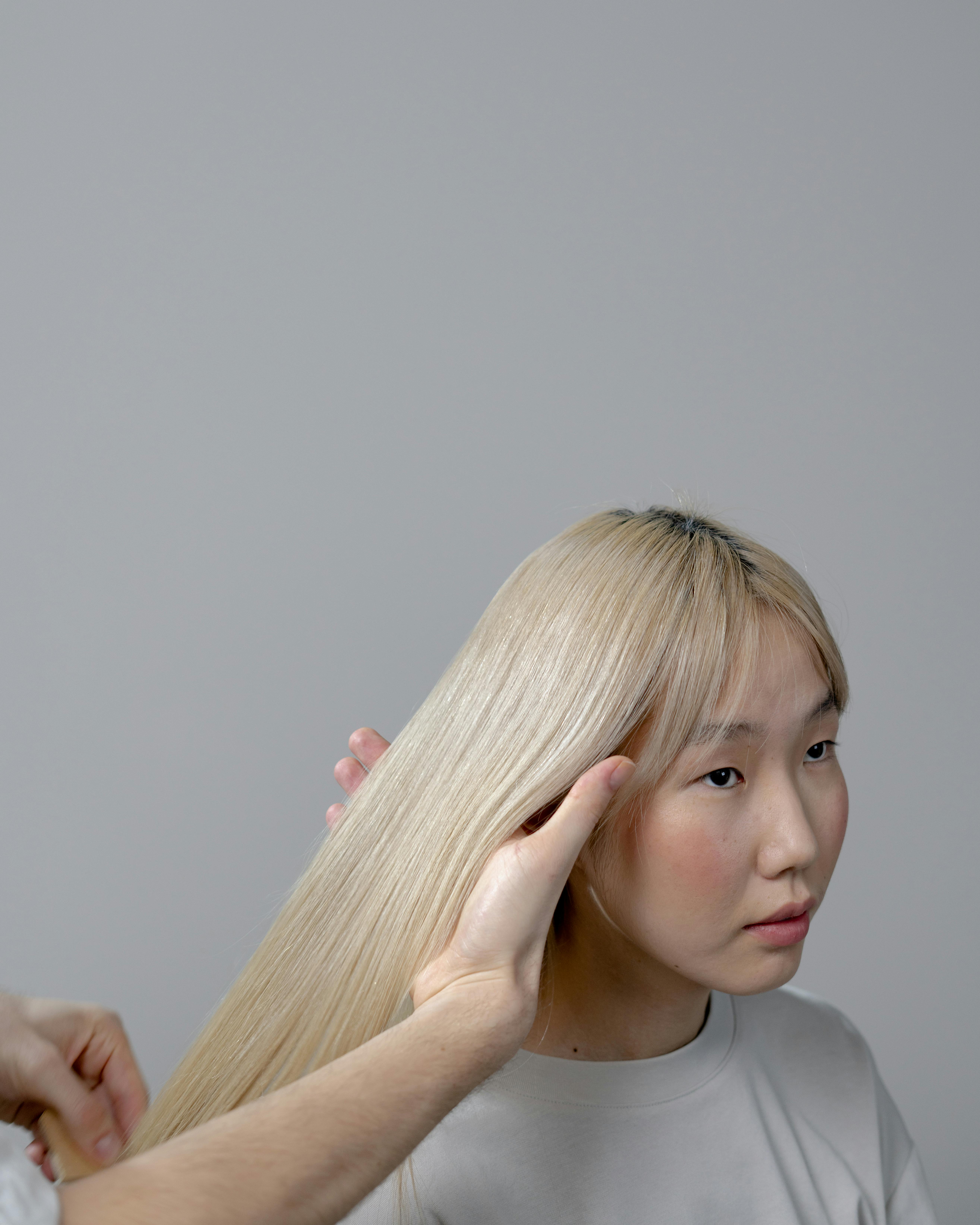Hairstyles: Social Meaning, Techniques, and Cultural Roots
Hairstyles have long been more than a practical way to manage hair; they communicate identity, status, belief, and personal taste. Across regions and eras, how hair is cut, shaped, colored, or covered can signal age, profession, marital status, group membership, or resistance to norms. Understanding hairstyles involves technical skills—cutting, braiding, heat styling, and chemical treatments—alongside social practices, historical developments, and cultural meanings that shape choices for individuals and communities.

How does hair reflect identity?
Hair is a dynamic canvas for self-expression and identity. Choices about length, texture, color, and styling can reflect gender presentation, aesthetic preferences, occupational norms, or stages of life. For many, hair practices intersect with race and ethnicity: natural textures, protective styles, and grooming routines carry both practical and symbolic weight. Personal identity can also be signaled through temporary changes—dyeing, shaving, or adding extensions—allowing people to navigate transitions, mark milestones, or experiment with alternative looks while managing social responses.
What defines a modern hairstyle?
A modern hairstyle blends technique, convenience, and individual taste. Contemporary trends often emphasize personalization—mixing classic cuts with new textures, asymmetry, or color techniques like balayage and subtle pastels. Advances in tools (precision scissors, ceramic irons) and products (heat protectants, sulfate-free cleansers) allow more controlled outcomes, while salons and stylists adapt techniques to a wider range of hair textures. Social platforms accelerate trend cycles, but many people now prioritize styles that balance maintenance time, hair health, and durability across daily routines and climates.
How do hairstyles function in culture?
Hairstyles operate as cultural language, carrying shared meanings within communities. Rituals such as hair cutting for coming-of-age, ceremonial braiding, or head-covering for religious observance embed practices within cultural systems. Hairstyles can signify membership, rank, or resistance; for example, specific styles may identify lineage or community role, while other looks express political solidarity or social protest. Diasporic communities often preserve traditional grooming practices as a way to maintain connection with ancestral culture while adapting to new social environments.
What is the history of common hair practices?
The history of hair practices spans practical and symbolic uses. Ancient civilizations used oils, combs, wigs, and elaborate braiding to denote status and beautify; barbers in early urban centers combined grooming with social functions. European wig culture rose in the 17th and 18th centuries for fashion and hygiene, while industrialization and mass media in the 20th century standardized and popularized certain cuts. Movements such as the 1960s and 1970s embraced natural textures and political expression, while contemporary decades have seen renewed interest in both retro styles and multicultural influences driven by global communication.
How do tradition and custom shape hairstyle choices?
Tradition shapes practical routines and symbolic rules around hair. Family expectations may dictate styles for weddings, funerals, or religious holidays; apprenticeship in braiding or cutting can transmit technique across generations. Some communities maintain prescribed styles for modesty or spiritual reasons, while others revive ancestral techniques—such as traditional weaving or ornamentation—as cultural preservation. At the same time, conversations about cultural appropriation and respectful borrowing have become more prominent, prompting people and stylists to consider context, origin, and meaning when adopting styles from other traditions.
Hairstyles sit at the intersection of aesthetics, craft, and community. They evolve with technology and fashion yet remain anchored in cultural histories and personal narratives. Whether chosen for practicality, identity, or ceremony, hair practices continue to offer insight into how individuals and societies present themselves and relate to one another across time and place.






